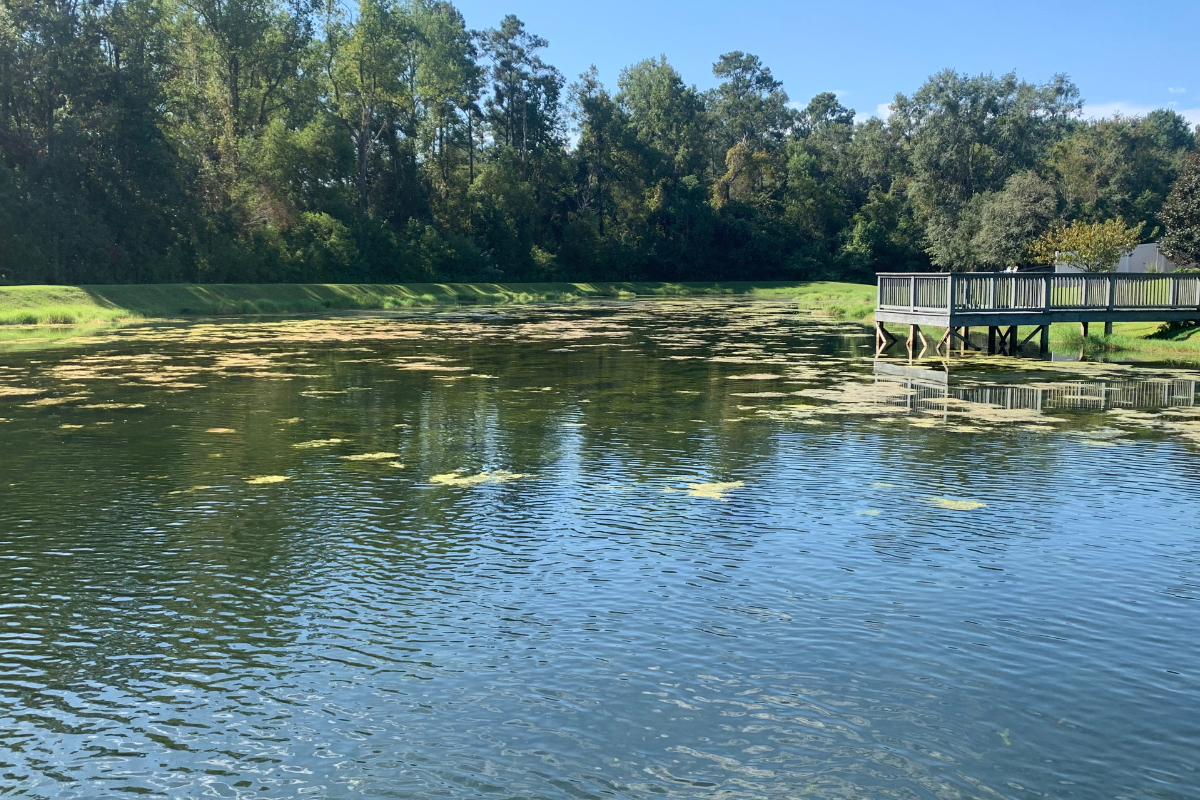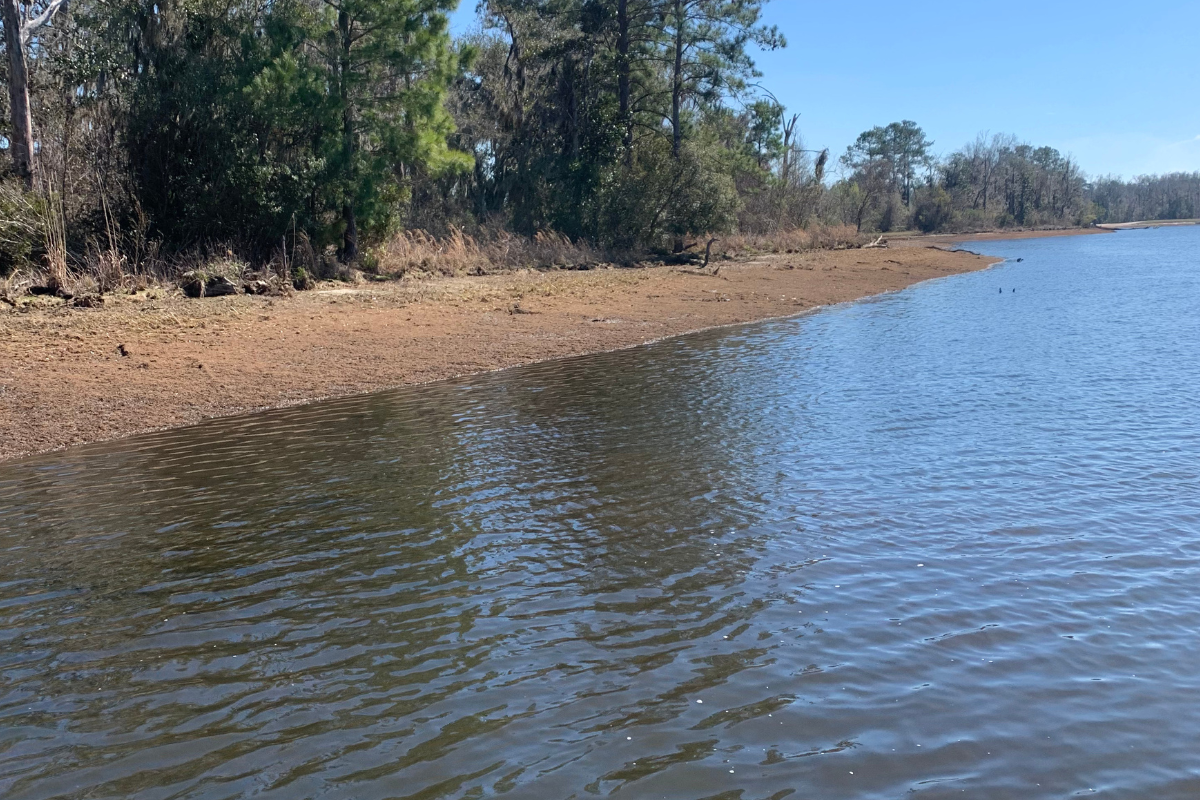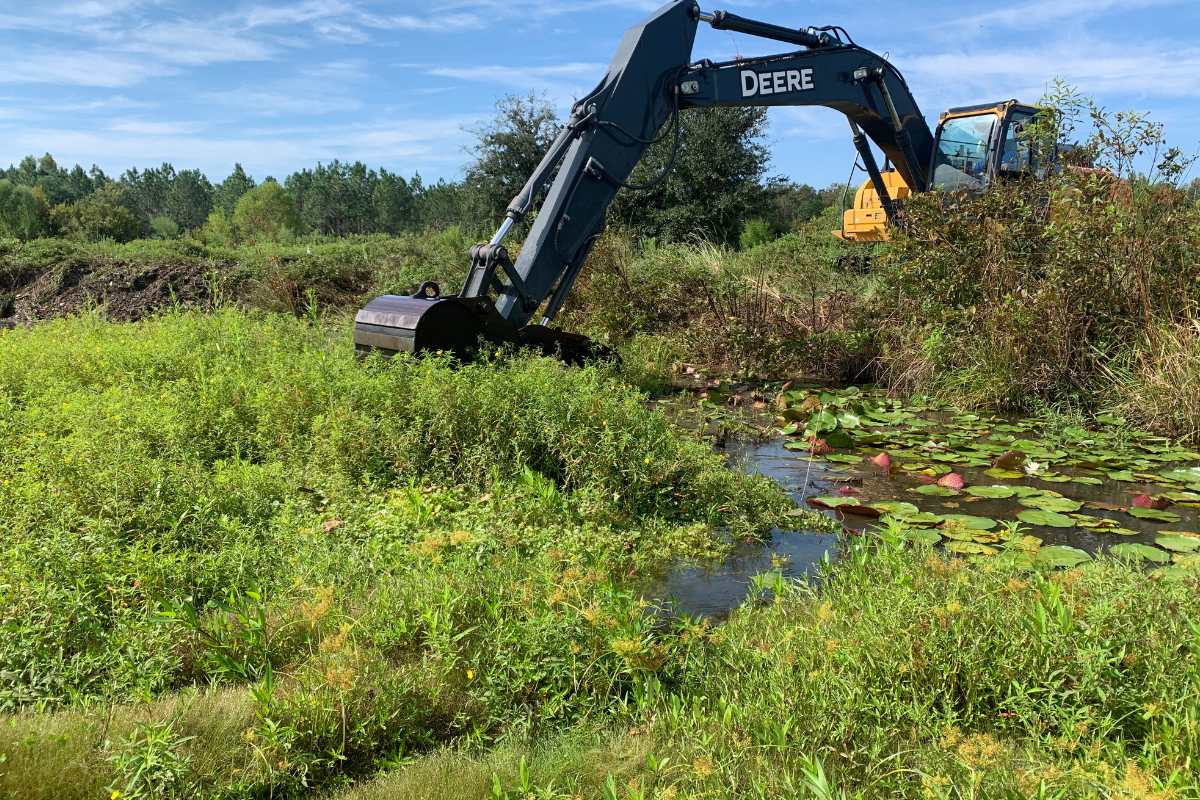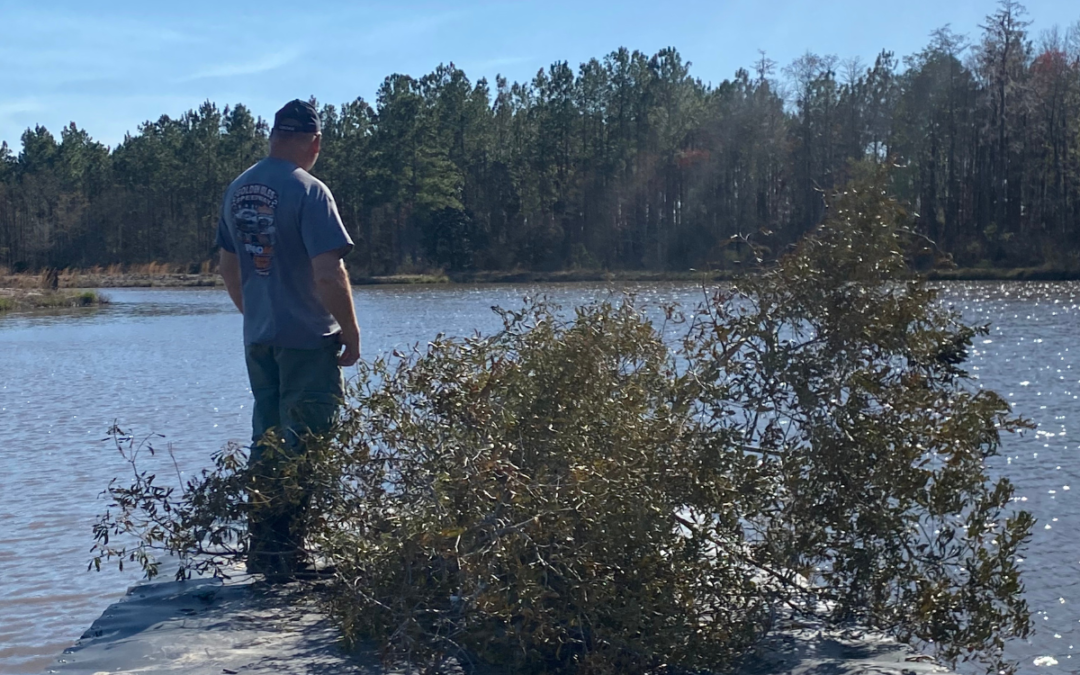If you want to sustain a healthy, self-sustaining population of bluegill and largemouth bass in your pond, focusing on habitat—especially in the shallow areas—is essential. Bluegill and largemouth bass rely on these areas to meet their unique needs for reproduction, feeding, and protection, but a balanced approach to habitat is key. Shallow water habitat, like vegetation or brush piles, offers refuge for bluegill while providing bass with prime ambush opportunities, creating a balanced ecosystem where both species can thrive. However, too much vegetation can have unintended consequences, impacting the ability of bass to hunt effectively. Let’s dive into how the right habitat in these shallow areas can support a balanced and healthy pond ecosystem.
The Role of Shallow Areas in Pond Ecology
Shallow zones, typically less than five feet deep, are where most of the biological action happens in a pond. These areas are naturally warmer, receive more sunlight, and host a higher concentration of plant life, insects, and small fish. Because they’re nutrient-rich and oxygenated, they’re ideal for both spawning and foraging, making them critical to the life cycle of bluegill and largemouth bass. When these shallow areas have suitable habitat, they help provide cover, food, and breeding grounds that are crucial for supporting a balanced fishery.

Vegetation and Brush Piles: Essential Refuge for Bluegill
One of the biggest benefits of having vegetation or brush piles in shallow areas is the refuge they provide for young bluegill. Bluegill are a primary prey species in many ponds, and without adequate cover, they can easily become over-predated by bass. Aquatic vegetation, like water lilies or submerged plants like coontail, and structures like brush piles or fallen trees, provide an escape for young bluegill, helping them evade predators and mature to a size where they can start reproducing. This helps maintain a continuous supply of prey fish for bass, keeping the population balanced.
When there’s adequate cover, juvenile bluegill have a greater chance of survival. Not only do these plants offer physical barriers, but they also attract insect life, giving bluegill a steady source of food. Without enough vegetation or cover, young bluegill face high predation, leading to a decline in their population and a potential food shortage for bass. Strategically placing brush piles in shallow areas or encouraging natural plant growth can create safe zones for bluegill, ensuring they thrive and contribute to the pond’s ecosystem.
Vegetation and Structure: Prime Ambush Opportunities for Bass
For largemouth bass, having vegetation and structures in the shallow areas creates ideal hunting grounds. Bass are ambush predators, meaning they rely on cover to surprise their prey. Vegetation, rocks, or brush piles allow bass to hide and observe their surroundings without being seen, giving them the advantage they need to catch unsuspecting bluegill. These ambush points allow bass to strike quickly, helping them feed efficiently and grow to desirable sizes.
When you have well-placed structures in shallow areas, it encourages bass to stay in those zones for hunting, making it easier to observe and maintain their population. Well-fed bass are less likely to become stunted, and the presence of vegetation and cover supports natural predation cycles that help keep both bluegill and bass populations in check. Placing brush piles or managing plant growth in high-traffic shallow areas is an effective way to ensure bass have plenty of hunting grounds and can grow healthily, without overpopulating the pond.

Balancing Vegetation: Too Much of a Good Thing
While vegetation provides important cover, too much of it can become a problem, particularly for largemouth bass. Dense or overgrown vegetation can make it difficult for bass to successfully catch prey, limiting their hunting opportunities and causing them to burn unnecessary energy. In ponds with excessive vegetation, the bass may struggle to keep bluegill populations in check, which can lead to an overpopulation of smaller, stunted bluegill.
Additionally, heavy vegetation growth can lead to oxygen depletion during warm weather. When plants die and decompose, they consume oxygen from the water, which can cause fish stress or even lead to die-offs. An ideal pond ecosystem has about 10-20% of its surface covered in vegetation. This allows sufficient cover for bluegill while still leaving open spaces where bass can hunt effectively.
Achieving Habitat Balance: Tips for Pond Owners
For pond owners, maintaining the right balance of habitat in shallow areas is an ongoing process. Here are some tips to help keep your pond’s habitat in optimal condition:
-
Encourage Diverse Vegetation: Introduce a variety of native aquatic plants like water lilies, coontail, or duckweed. These plants provide cover for bluegill while creating a balanced environment. Avoid invasive species, as they can quickly overtake the pond.
-
Use Brush Piles Wisely: Position brush piles or fallen trees in areas that will be beneficial for both species. Brush piles should be placed in various locations in shallow water zones to give bluegill safe spaces without making it difficult for bass to hunt.
-
Control Overgrowth: Manually remove excess vegetation if it covers more than 20% of the pond’s surface. Aquatic herbicides may also be used in small amounts, but always follow recommended guidelines to avoid harming fish and beneficial plants.
-
Consider Aeration: If vegetation is especially dense, an aeration system can help manage oxygen levels and support fish health, reducing the risk of oxygen depletion during hot weather.

Building a Balanced Habitat for a Thriving Pond Ecosystem
Creating the right habitat in shallow areas is crucial if you want a pond that sustains a healthy balance of bluegill and largemouth bass. Vegetation and brush piles provide essential refuge for bluegill and create ideal ambush spots for bass, supporting a balanced predator-prey relationship. However, too much vegetation can limit bass hunting success and disrupt this delicate balance. By managing habitat thoughtfully, you can foster an environment where both bluegill and bass thrive, allowing you to enjoy a healthy, vibrant fishery for years to come.
Let Us Help with Your Pond!
If you’re in the south GA or north FL region and need help managing the vegetation or habitat on your pond or lake, complete this form and we’ll contact you to schedule a time to meet.

